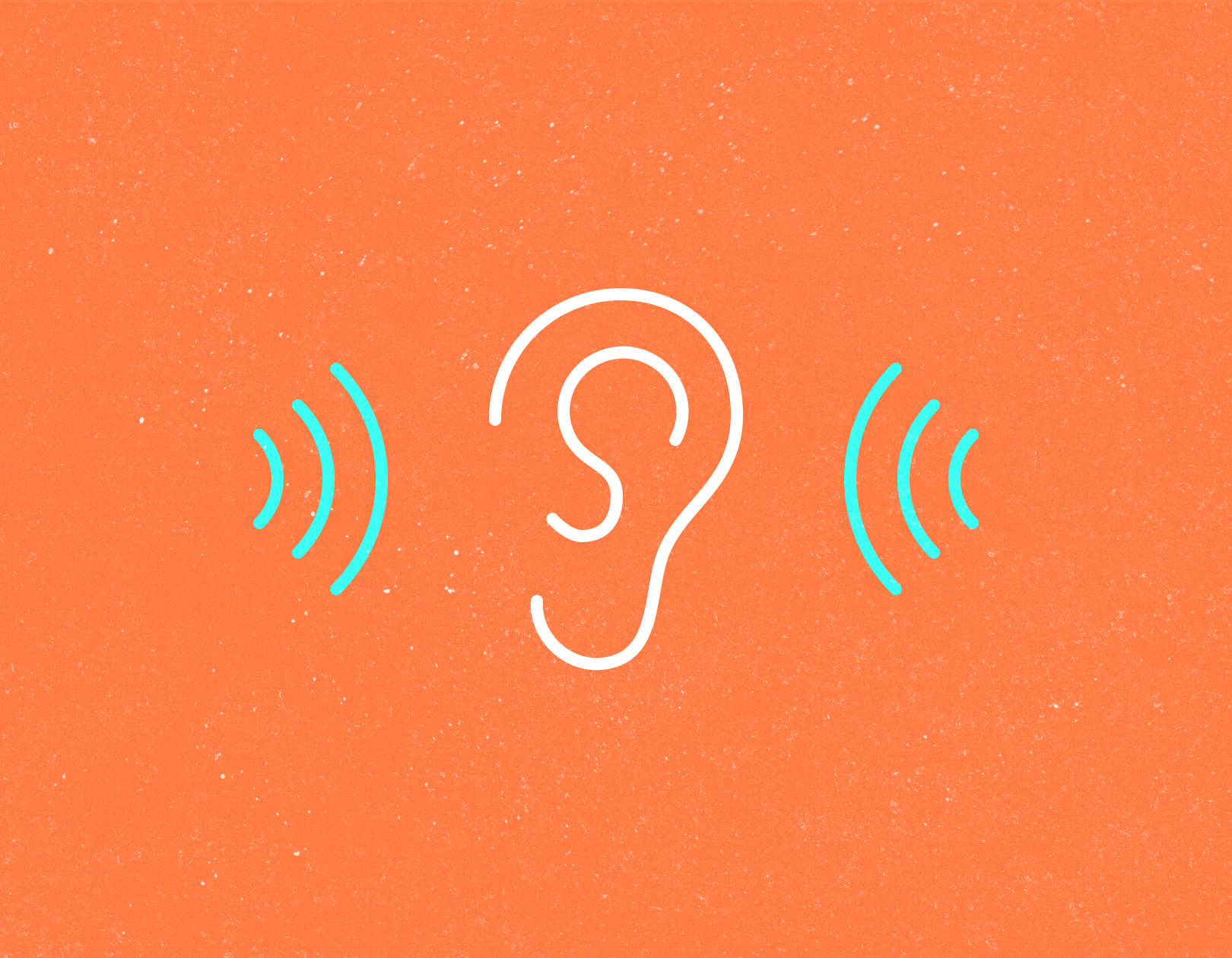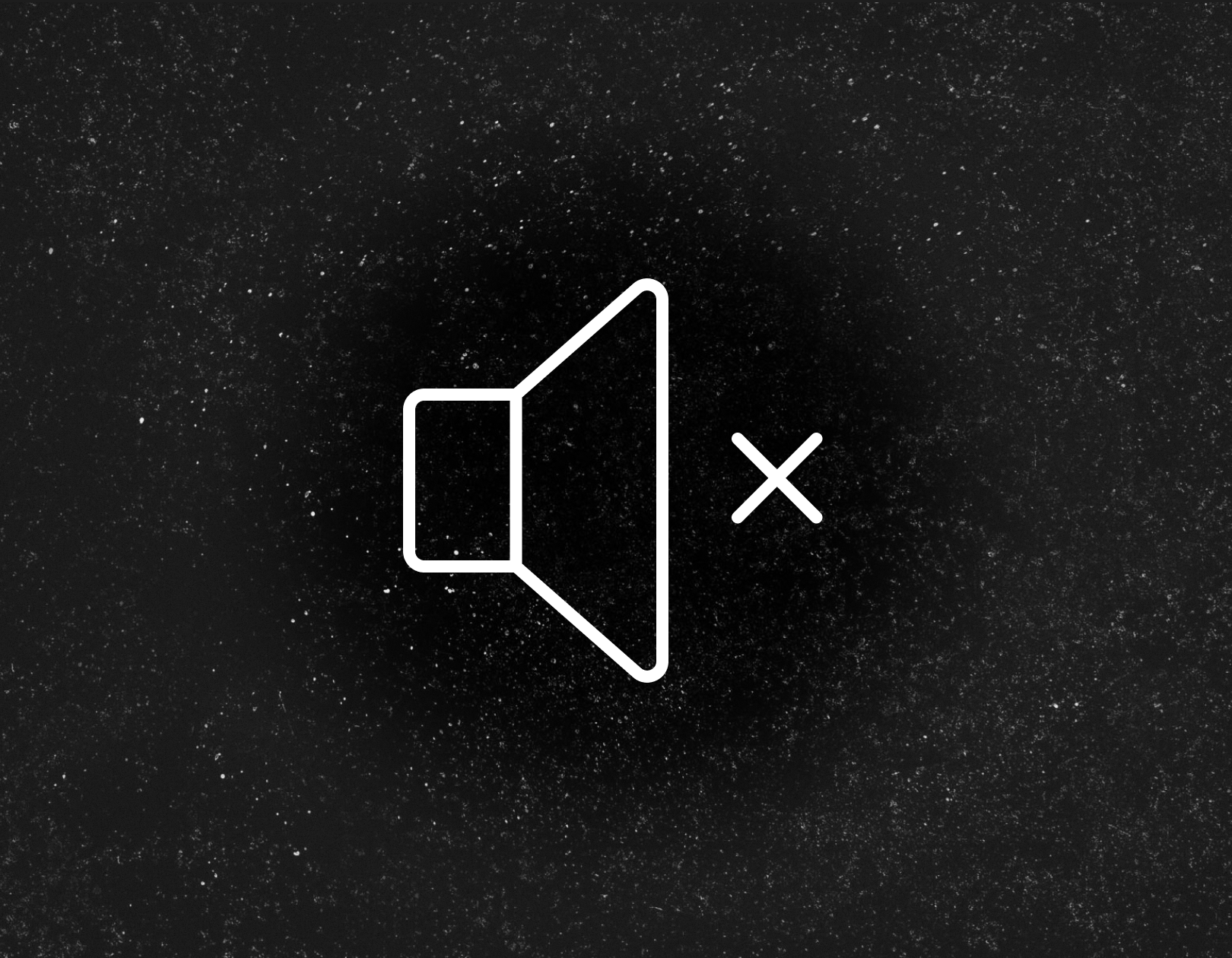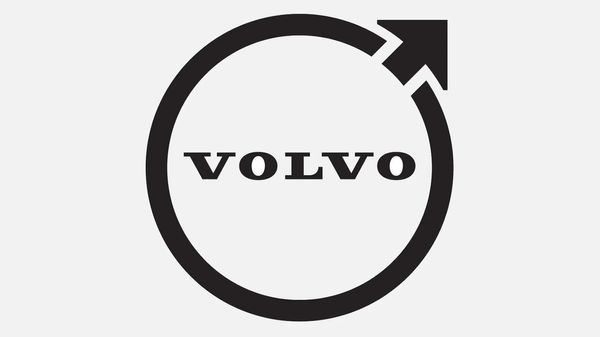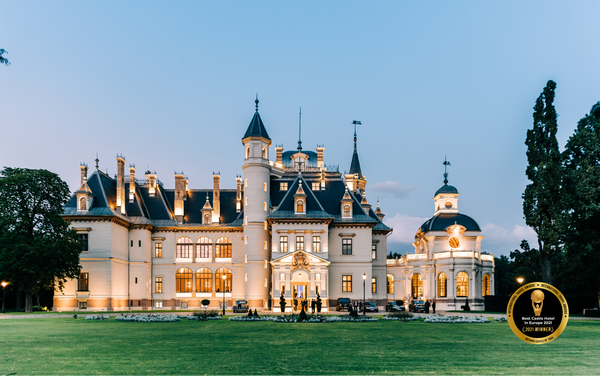It’s not just the visual appearance of a product that can attract attention: different sound effects are in many cases equally inherent to a brand—think of the familiar, lovely melody of ice cream trucks that reminds us of carefree Sunday afternoons. It’s important, therefore, to pay attention to these ‘noises’ when designing a product. Here is the 6th episode of our design thinking series, written by an expert from Frontira.
Everywhere
What do we have with us all the time, apart from our phones? The alarm in the morning, the messenger message, the coffee maker, the spoon on the edge of the mug, the dog barking in the park, the sirens in the street, the key in the lock, the light switch, the movies after 1922, or the friction of your ears on the pillow. Sound is a constant part of life for most people, so much so that we forget about it most of the time.

Everything that surrounds us, that we touch, that wants to sign something, or that just works, sends us information at more than 1200 km/h, from the material composition to its distance. We don’t even realize this amount of information at once, therefore we perceive most of the noise around us as background sound and take them for granted.
While sounds play an important role in our everyday lives, such as orientation, structured sounds (a melody or a rhythm) can store and convey more complex information. The form of information can influence, for example, how a notification or even a feedback from interaction on a digital interface feels.
Why is happy joyful and sad melancholic?
We associate emotions with different scales and melodies, and the physics of the sounds, the brain’s processing mechanisms and our culture, among other things, play a crucial role in this. The distances between the sounds we hear next to each other or after each other determine what mood directions we set. Harmonies selected from the minor scale indicate sadness, while the major scale generally suggests a happy mood.

The sound of ice cream
C E D F E G C, or do-mi-re-fa-mi-so-do, is a sequence of sounds in the aforementioned major scale, which, when written like this, may not necessarily remind you of the summer air shivering over the asphalt, the waiting at the fence or a holiday at Lake Balaton. But we might be able to recall what we learned in primary school solfege and start humming it… The music of the ice cream truck is a childishly simple, step-by-step progressing series of notes, jumping back and forth and then opening up at the end, which has frozen deep in the minds of many ice cream-eating children and ice cream-buying parents.
Sound as a product: what do ice cream and luxury cars have in common?
Leaving aside the music industry—where music is, of course, a commodity—there are a few other interesting areas where sound is also present as a product. From our point of view, the product of the ice-cream van is not the ice-cream itself, but the experience that the sound evokes in us, which makes us crave the ice-cream. So we understand that sound is an important trigger, but what does it have to do with luxury cars?
This was the idea behind the design of the relatively expensive Lexus LFA sports car since one of the key elements of driving a sports car is the sound itself, which makes everything feel faster and more intense, especially in a 550 horsepower car where everything is already fast and intense. The Japanese Yamaha has been involved in developing several cars, but for the LFA, they used their decades of sound engineering expertise. The sound of a V10 engine is something many of you may know from Italian sports cars or the old Formula 1, but in a Japanese car, it’s something new. No matter how powerful and fast a racing car is, if the sound effect is lacking, users will not be interested in the product or will be disappointed despite the endless hours and energy invested. Why is that?

The best way to measure speed is from the motion of the nearest objects around us. So, for example, on water, we have less sense of how fast we are because we only have distant reference points. They will move slowly even if we are going fast—just because of their distance. Sound, such as the rush of air in our ears, is linked to visual landmarks. We can feel this phenomenon even when we run or ride a bike a bit faster. The more the wind blows, the greater our sense of speed gets. If you combine this with a roaring engine and exhaust sound, you can feel like you’re speeding even on a slow but loud scooter.
For example, in other vehicles, which are used for traveling and not for racing or pleasure driving, it’s the sound that you don’t need because it can be distracting or even annoying if used for a more extended period. Soundproofing and isolation can improve our ability to concentrate, helping to insulate us from distracting background noise.
The total silence
There are certain situations when we want to completely shut out the noise around us, like when we prefer to listen to music on the busy metro, when studying at night, when the neighbors are partying, or even when making an important phone call. For example, the use of soundproofing materials is rapidly growing in open office workplaces, where it is impossible to retreat for a meeting if all the meeting rooms are occupied. By using silent pods and other soundproof screens in open spaces, we can create isolated areas that act as small meeting rooms in otherwise open areas.

We already know that soundproofed spaces help us to focus, but to what point can we enjoy the positive effects of silence, and when do we fall over the edge? The anechoic chamber at the Orfield Laboratories in Minnesota has the lowest reverberation levels in the world, thanks to the design of the brackets on the walls. As our brain perceives all sounds in relation to other sound sources, when these noises disappear, we are left with nothing but the sounds of our own bodies. In this particular room, it is so quiet that when our minds switch over, after a while, we start to hear the blood pounding in our own veins, and our breathing becomes as loud as the wind on top of a mountain. These amplified sensory inputs can have quite serious psychedelic consequences in a relatively short time.
Coming back from the anechoic chamber to the office, if we have these tools at our fingertips when designing the products of the future—such as the know-how about the effects of the sounds— we can easily create new, never-had-it-before experiences or recall old ones.
Author: Benjamin Rigó | Digital Product Designer | Frontira
Frontira | Web | Facebook | Instagram

In our monthly series, we explore the various fields of design with the help of Frontira to understand the role of design beyond industrial design. What role does design play in building up human behavioral patterns? How can a service be a good experience and what digital product design toolset do we need for it? Calling itself the “company of strange problems,” Frontira answers questions like this, in an exciting manner and comprehensible form.

Volvo has also changed to a 2D logo

BOTANIQ Castle of Tura named best castle hotel in Europe










